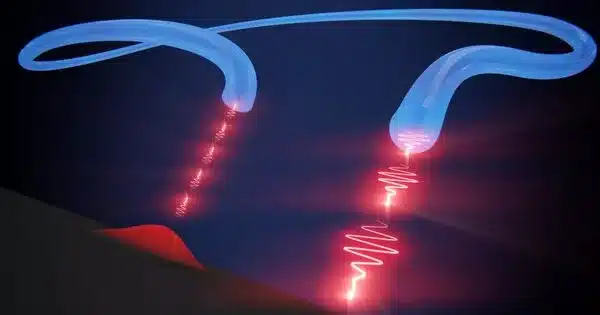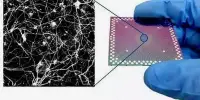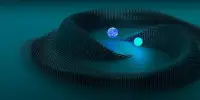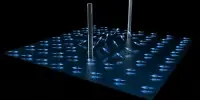Single-photon sources play an important role in quantum technologies such as quantum communication and quantum computing. They allow for the generation of individual photons with precise properties such as polarization and wavelength, which are required for quantum information processing.
Quantum bits (or qubits) are quantum mechanically connected between nodes in quantum networks by single-photon emitters. Rare-earth elements are typically embedded in optical fibers at extremely low temperatures. Researchers have now created a room-temperature ytterbium-doped optical fiber. The proposed method provides a cost-effective platform for photonic quantum applications by avoiding the need for expensive cooling solutions.
Quantum computing systems promise faster computation and stronger encryption for computation and communication systems. These systems can be built on fiber networks with interconnected nodes made up of qubits and single-photon generators that produce entangled photon pairs.
Rare-earth (RE) atoms and ions in solid-state materials are particularly promising as single-photon generators in this regard. These materials are fiber network compatible and emit photons at a wide range of wavelengths. Because of their broad spectral range, these RE elements could be used in a variety of applications, including free-space telecommunication, fiber-based telecommunications, quantum random number generation, and high-resolution image analysis. However, so far, single-photon light sources have been developed using RE-doped crystalline materials at cryogenic temperatures, which limits the practical applications of quantum networks based on them.
Single-photon light sources are devices that control the statistical properties of photons, which represent the smallest energy units of light. In this study, we have developed a single-photon light source using an optical fiber material doped with optically active RE elements. Our experiments also reveal that such a source can be generated directly from an optical fiber at room temperature.
Dr. Sanaka
In a study published in Volume 20, Issue 4 of the journal Physical Review Applied on 16 October 2023, a team of researchers from Japan, led by Associate Professor Kaoru Sanaka from Tokyo University of Science (TUS) has successfully developed a single-photon light source consisting of doped ytterbium ions (Yb3+) in an amorphous silica optical fiber at room temperature. Associate Professor Mark Sadgrove and Mr. Kaito Shimizu from TUS and Professor Kae Nemoto from the Okinawa Institute of Science and Technology Graduate University were also a part of this study. This newly developed single-photon light source eliminates the need for expensive cooling systems and has the potential to make quantum networks more cost-effective and accessible.
“Single-photon light sources are devices that control the statistical properties of photons, which represent the smallest energy units of light,” explains Dr. Sanaka. “In this study, we have developed a single-photon light source using an optical fiber material doped with optically active RE elements. Our experiments also reveal that such a source can be generated directly from an optical fiber at room temperature.”

Ytterbium is a RE element with favorable optical and electronic properties, making it a viable candidate for fiber doping. It has a simple energy-level structure, and ytterbium ion in its excited state has a long fluorescence lifetime of about one millisecond.
To create the ytterbium-doped optical fiber, the researchers tapered a commercially available ytterbium-doped fiber using a heat-and-pull technique, in which a section of the fiber is heated and then pulled with tension to gradually reduce its diameter.
Within the tapered fiber, individual RE atoms emit photons when excited with a laser. The separation between these RE atoms plays a crucial role in defining the fiber’s optical properties. For instance, if the average separation between the individual RE atoms exceeds the optical diffraction limit, which is determined by the wavelength of the emitted photons, the emitted light from these atoms appears as though it is coming from clusters rather than distinct individual sources.
The researchers used auto-correlation, an analytical method that assesses the similarity between a signal and its delayed version, to confirm the nature of these emitted photons. The researchers observed non-resonant emissions and obtained evidence of photon emission from the single ytterbium ion in the doped filter by analyzing the emitted photon pattern using autocorrelation.
While the quality and quantity of photons emitted can be improved further, the developed optical fiber with ytterbium atoms can be manufactured without the use of costly cooling systems. This removes a significant barrier, paving the way for various next-generation quantum information technologies.
“We demonstrated a low-cost single-photon light source with selectable wavelength and no cooling system.” Beyond the diffraction limit, it can enable various next-generation quantum information technologies such as true random number generators, quantum communication, quantum logic operations, and high-resolution image analysis,” Dr. Sanaka concludes.















